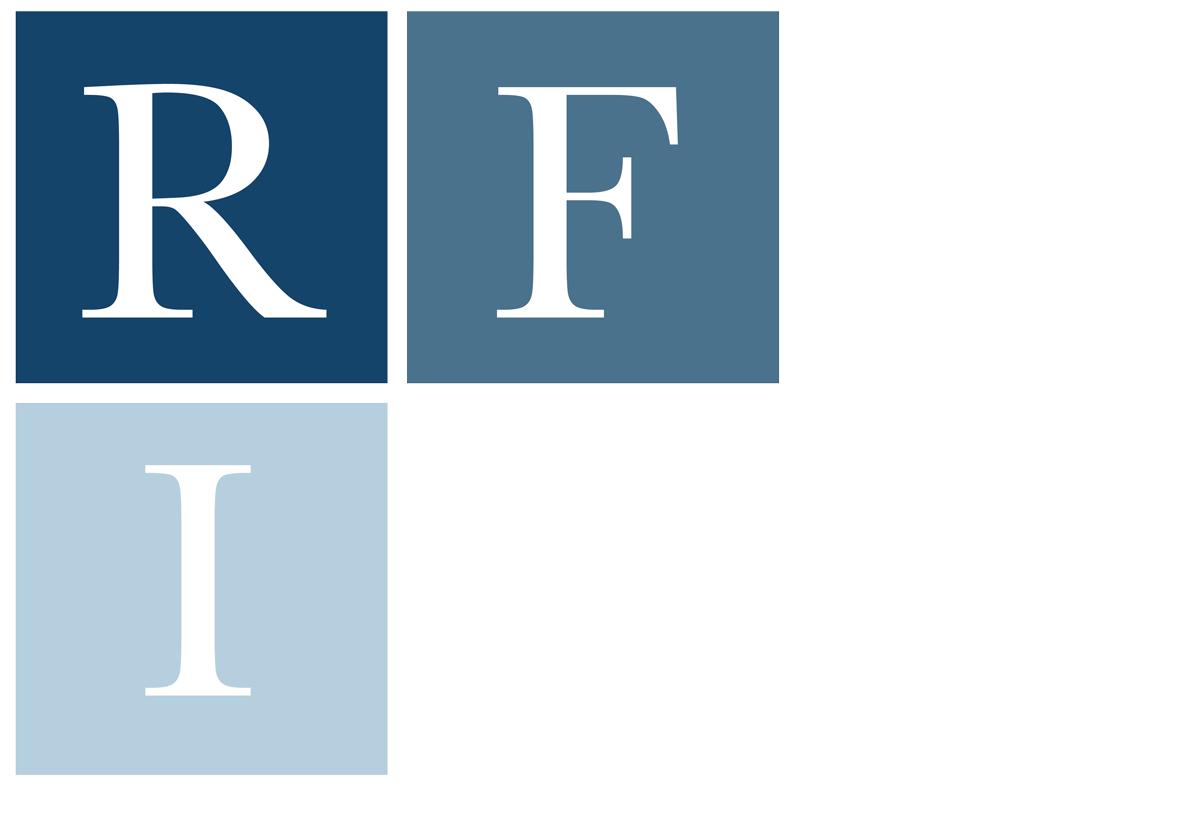Religious Freedom in the Anglosphere
The History of a Foundational Liberty in the UK, the US, and Canada
-
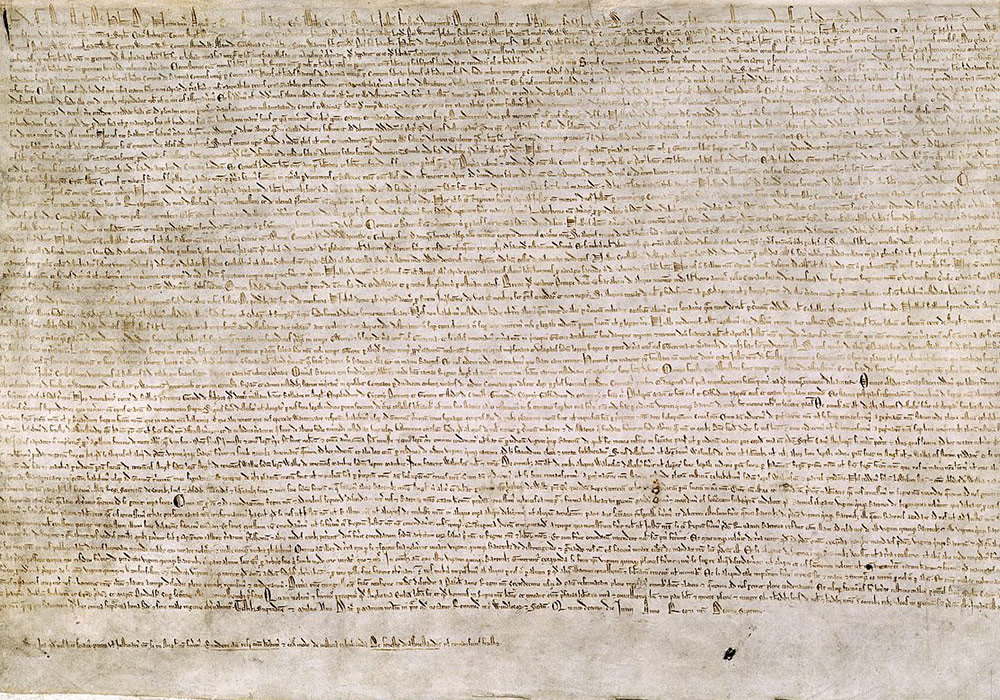
Magna Carta
The Magna Carta, or Great Charter, was signed by King John of England on this day at Runnymede. Feudal barons had protested the imposition of a high tax and the king’s over-wieldy exercise of his power. After an intervention by the Church that included the banning of masses in England, King John agreed to negotiate with the barons. Magna Carta ...
-
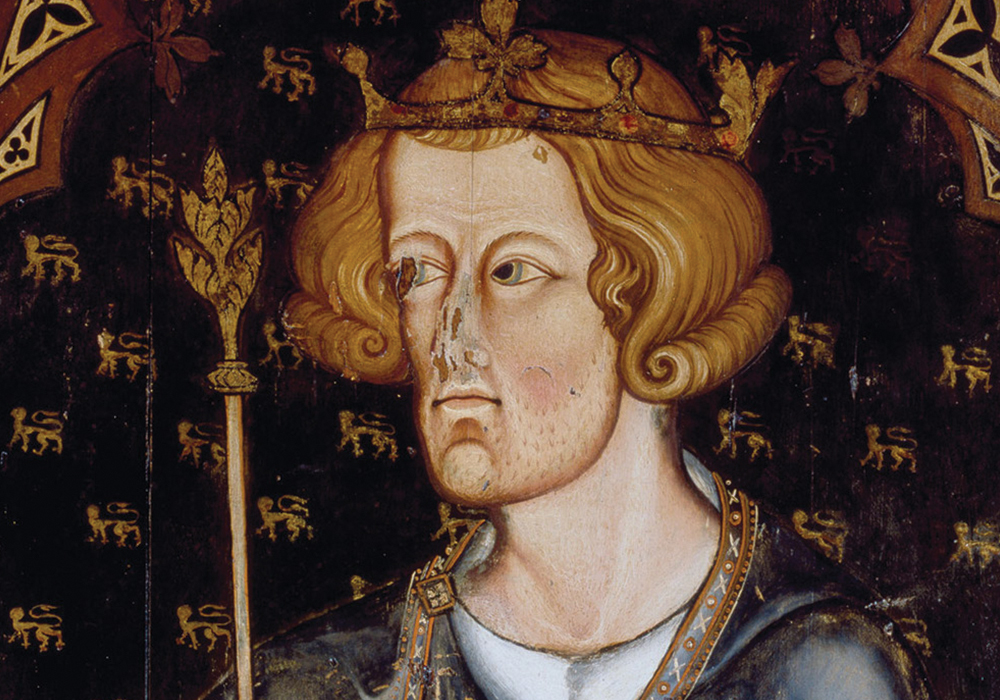
Expulsion of the Jews from England
Edward I issues an edict ordering the expulsion of the entire Jewish population of England, which was approximately 3,000 people at the time. Initially welcomed to settle in England by William I after the Norman Conquest and protected by the Crown, the Jewish community established itself within the English economy with key centres of Jewish commerce in London, Norwich, and ...
-
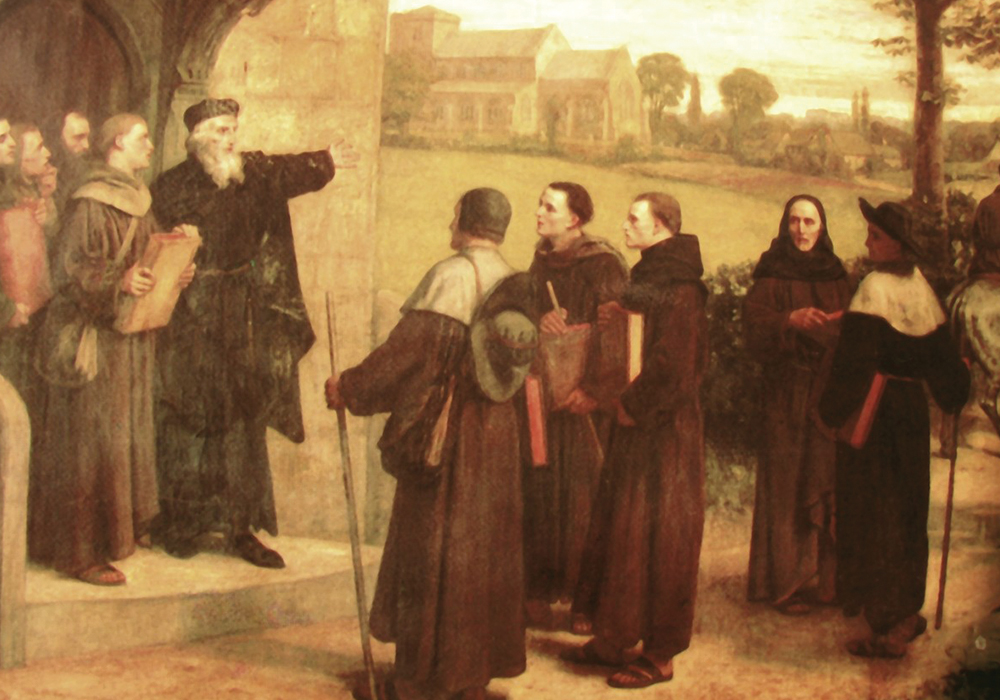
John Wycliffe and the Lollards
John Wycliffe was a priest and theologian at Oxford from the mid-to-late 14th century. He came to believe and argue that the papacy had no scriptural basis, that the Bible was the only source of God’s truth, that clerical celibacy should be opposed, and that the monasteries should be dissolved. In 1382 the Archbishop of Canterbury and an ecclesiastical assembly ...
-

Act of Supremacy of Henry VIII
The Act of Supremacy declared Henry VIII, not the Roman Pontiff, to be the head of the Church in England. The move was a retaliation against Rome and a provocation of the English bishops, in part because they had refused Henry’s request for his marriage to Catherine of Aragon to be annulled. The Act was the first of many under ...
-
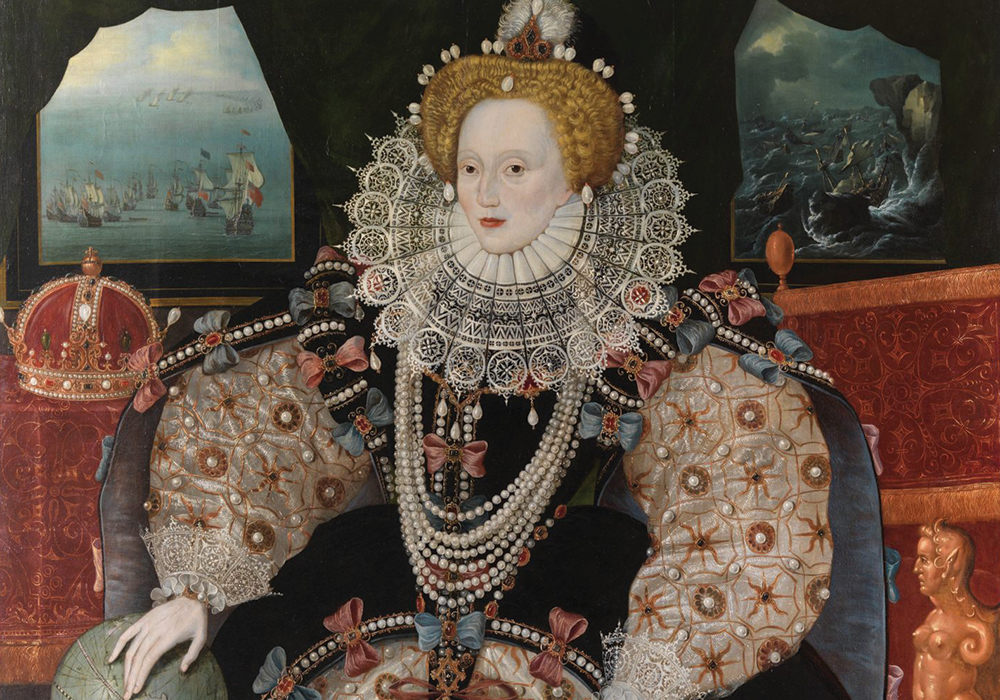
Act of Uniformity of Elizabeth I
In 1558, the Act of Uniformity sought to resolve the religious conflict in England. The county had undergone significant strife between Catholicism and Protestantism. The Act required every subject, regardless of whether they were Catholic or Protestant or other, to attend regularly the reformed worship of the Church of England. A hefty fine was imposed on ‘recusants’ who did not ...
-

Catholic penal laws/recusancy laws
From 1585 onwards the Crown began to target Roman Catholics in the country. Catholics were forbidden from worshiping even in secret and they were banned from holding any sort of public office. The goal was to eradicate the Catholic faith in England and so achieve religious uniformity. In practice, authorities would often turn a blind eye from certain prominent individuals who ...
-
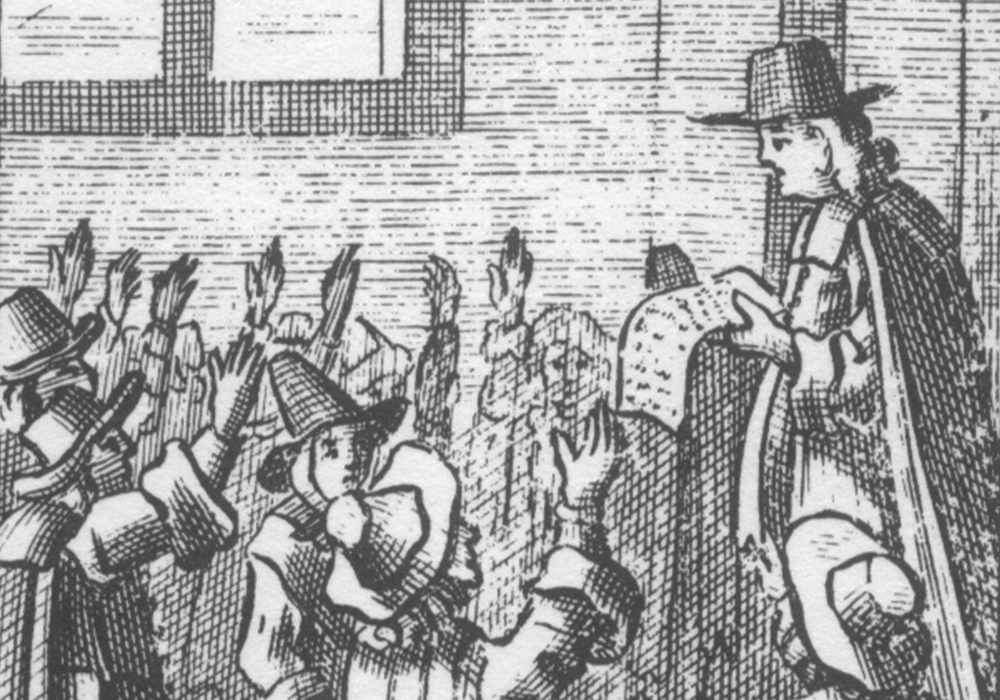
Scottish Solemn League and Covenant
During the Civil Wars of the mid-17th century the predominantly Puritan-dominated English parliament sought Scottish aid for its campaign against the royalists of Charles I. This was based on the correct assumption that a Reformed and presbyterian Scotland would be more likely to sympathize with a Protestant Parliament than the King and his party with their high church sympathies. The ...
-

Execution of Charles I and The Commonwealth of England
Following the execution and regicide of Charles I in January 1649, the ensuing Rump Parliament established the Commonwealth of England. In 1650 the Rump suppressed the episcopacy of the Church of England and repealed Elizabeth I’s Act of Uniformity of 1558. Nonconformist, independent churches were tolerated. image via Wiki Commons
-

Oliver Cromwell invites the return of Jews to England
While there is evidence that Spanish Sephardic Jews lived in England in the 17th century without revealing their identity, it was not until 1656 that Jews were invited to settle again in England. In September 1655, a Portuguese Sephardic rabbi and merchant from Amsterdam, Menasseh ben Israel, arrived in London with his family and petitioned Oliver Cromwell and the Protectorate ...
-
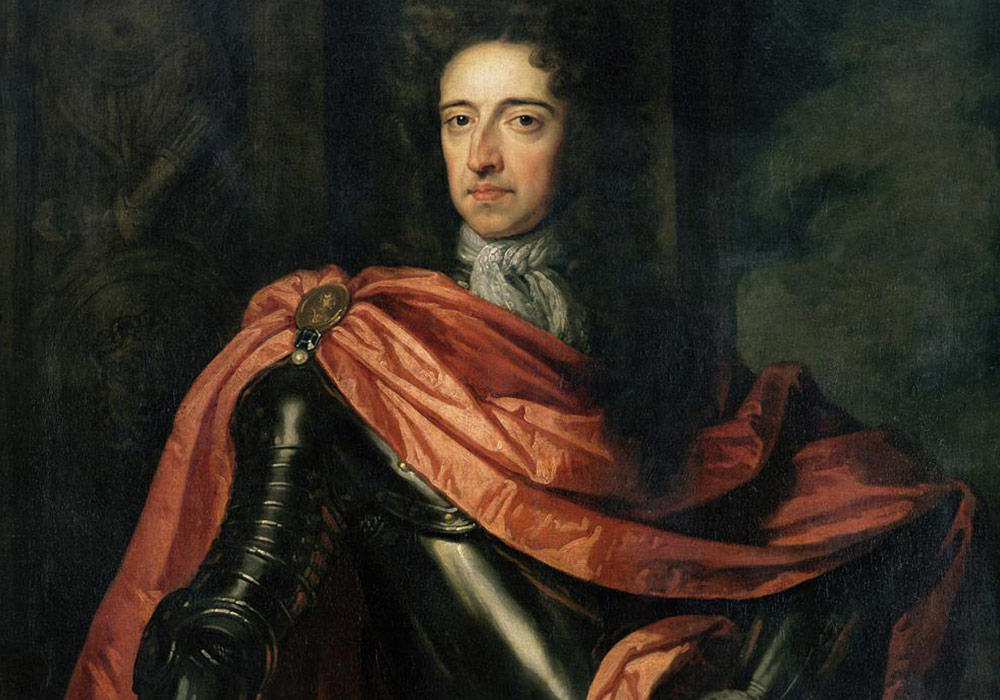
Act of Toleration and the Bill of Rights
Following the defeat of the Catholic monarch James II at the hands of William of Orange, the Glorious Revolution brought William III and Mary II to the throne. Parliament swiftly enacted two key constitutional documents. The Act of Toleration received Royal Assent in May and granted Nonconformists freedom of worship. Nonconformists were Protestants who swore oaths of allegiance and supremacy ...
-
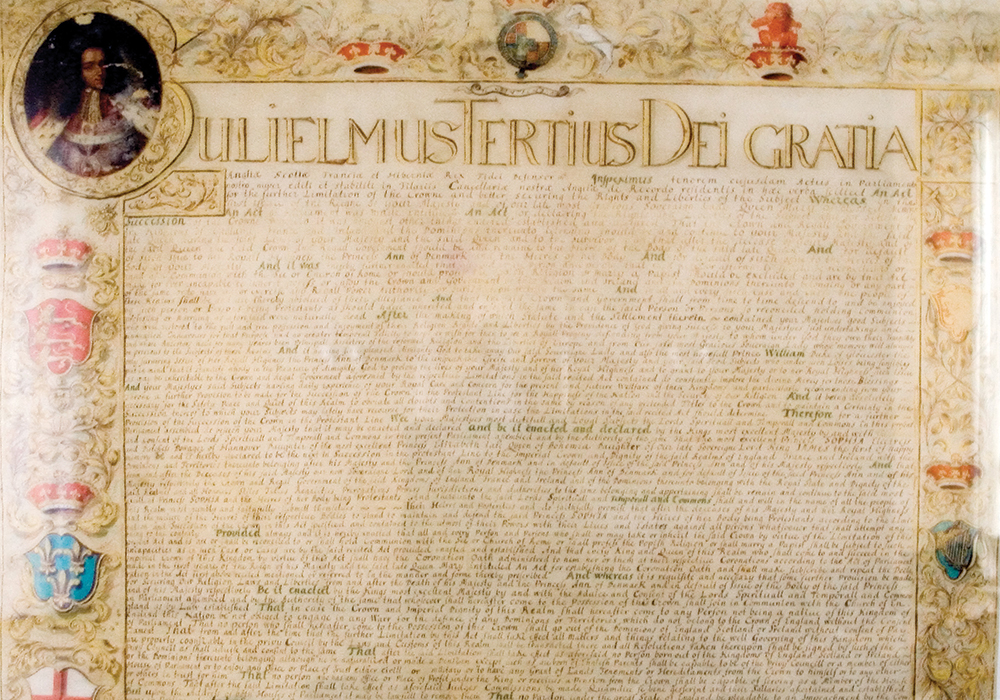
Act of Settlement
The Act of Settlement secured the succession to the throne of the United Kingdom to Protestants alone. The Act specifically banned a Roman Catholic, or anyone married to a Roman Catholic, from assuming the throne. image via Wiki Commons
-

Acts of Union and confirmation of Presbyterian form of the Church of Scotland
One hundred and four years after the Union of the Crowns, the Acts (or Treaty) of Union united the parliaments of England and Scotland into one political entity. One of the last pre-Union acts of the Scottish Parliament was the enacting of the Protestant Religion and Presbyterian Church Act 1707 which confirmed the presbyterian form of church governance of the ...
-

The Quebec Act
Following the unrest in the American colonies and grasping for stability in the wake of the failure to assimilate French Canadians, the British government enacted the Quebec Act in 1774. Article 5 guaranteed the French Canadians the maintenance of their language, religion, and civil law. This act gave the Crown’s new French-Canadian subjects civil rights as Catholics that their co-religionists ...
-

The Declaration of Independence
The Declaration of Independence enshrined the religious truth claim that “all men are created equal, that they are endowed by their Creator with certain unalienable Rights”. The American founders would subsequently affirm in the first amendment to the Constitution that among these inalienable rights is the right of free exercise of religion. image via Wiki Commons
-

Memorial and Remonstrance against Religious Assessments
In a 1785 letter, James Madison wrote on the importance of religious liberty, stating that religion is every person’s duty, and that no one can be coerced, except by his own conscience, to perform that duty. Additionally, he stated that the right to free exercise is more important than any other right in civil society. image via Wiki Commons
-

United States Constitution
Article VI of the Constitution protects candidates for any public office (at both state and federal levels) from any religious test. It affirms: “… no religious test shall ever be required as a qualification to any office or public trust under the United States.” image via Wiki Commons
-
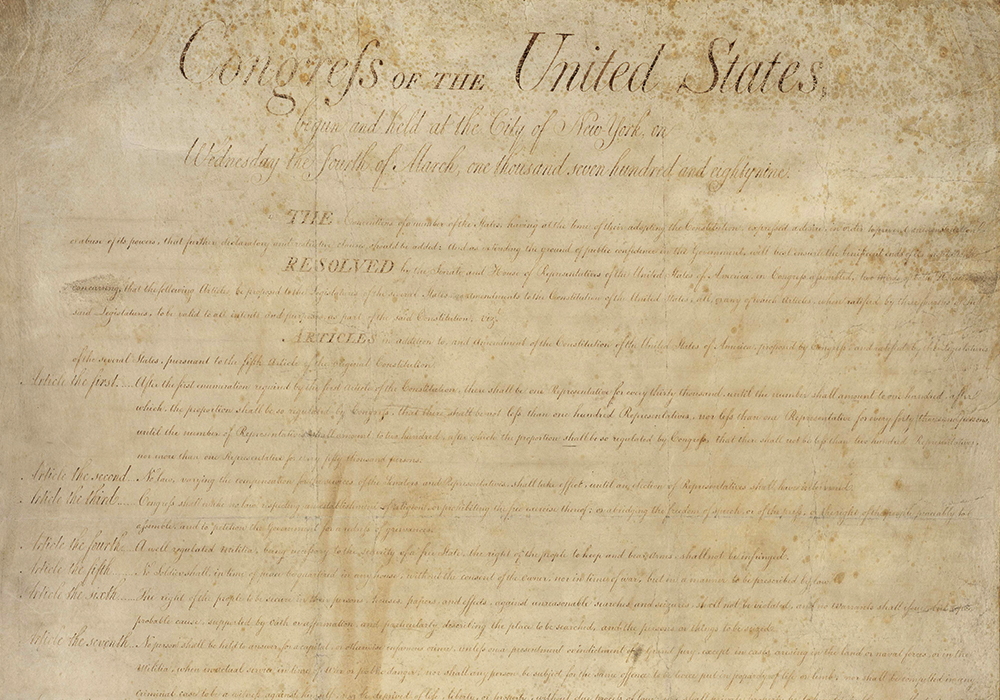
Bill of Rights – The First Amendment
The Bill of Rights begins with these sixteen words, which are now known as America’s first freedom: “Congress shall make no law respecting an establishment of religion, or prohibiting the free exercise thereof”. The first injunction, the Establishment Clause, was intended to protect religions from the government by prohibiting the Federal government from regulating religious institutions. The Free exercise clause ...
-
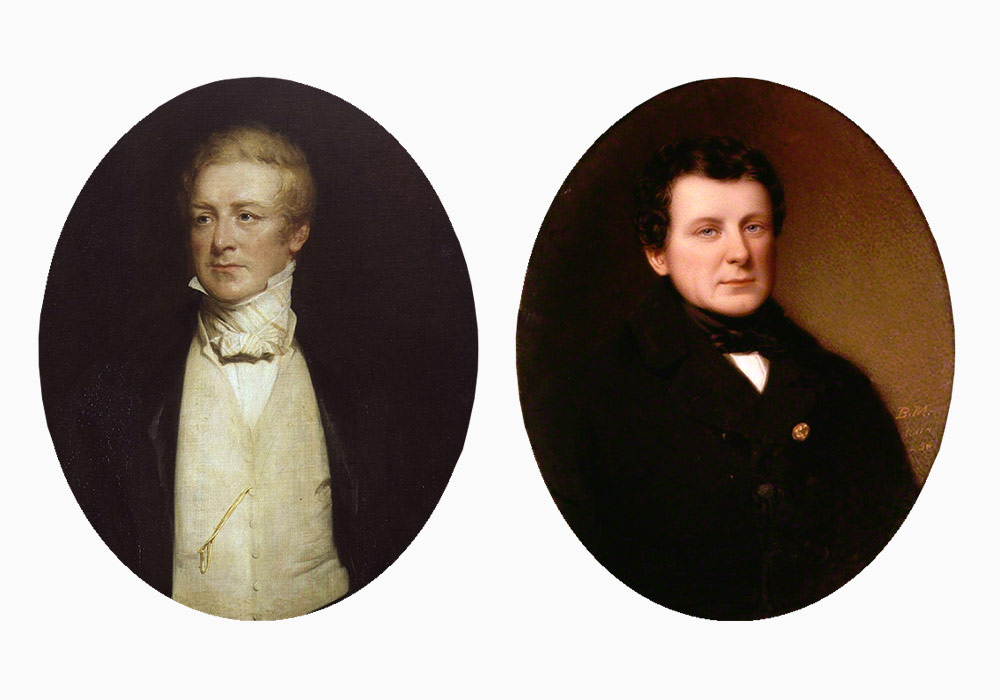
Roman Catholic Relief Acts
Roman Catholics in the late 18th and early 19th century finally began to feel their burdens eased. In 1791, the Roman Catholic Relief Act allowed Catholics to practice law, have their own schools, and worship freely again. The Roman Catholic Relief Act of 1829 completed the process of Catholic emancipation in the United Kingdom by allowing Catholics to hold seats ...
-
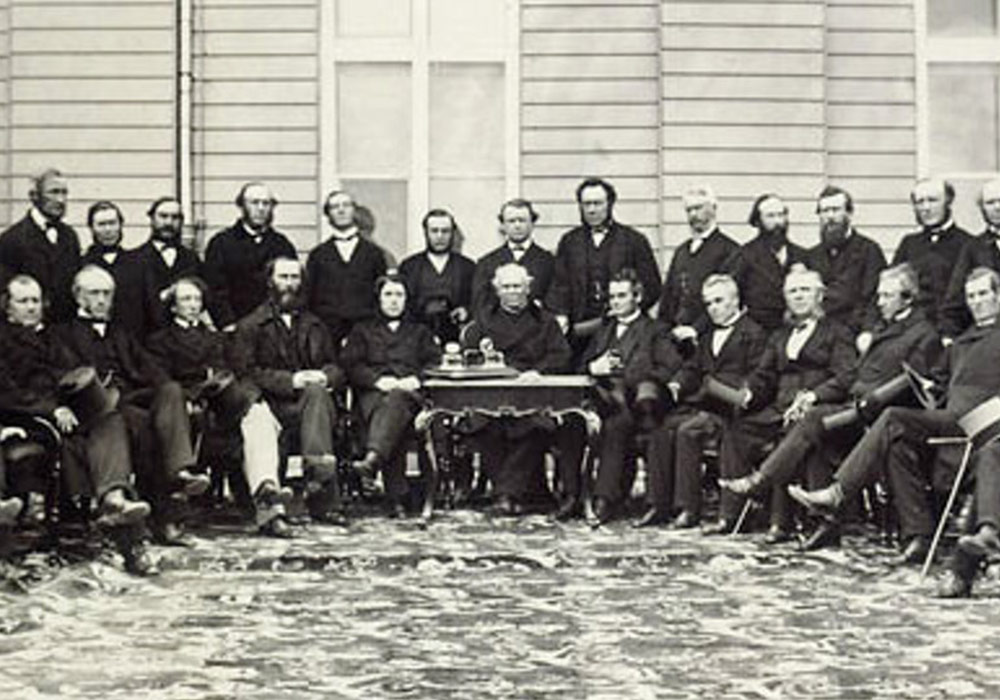
The British North America Act
The British North America Act of 1867 (subsequently the Constitution Act, 1867) brought British Protestants and French-Canadian Catholics in Quebec, Ontario, Nova Scotia, and New Brunswick together into the Dominion of Canada. It addressed the question of various denominational schools, as the first schools established in what would become Canada were founded by various religious communities, both Protestant and Catholic. ...
-

Reynolds v United States
The Supreme Court made a distinction between religious beliefs and religious exercise for the first time in this court case, upholding a law banning polygamy even though the practice was mandated by the Church of Jesus Christ of Latter-Day Saints. The Supreme Court held that citizens cannot excuse themselves from the law because of their religion, placing limits on the ...
-
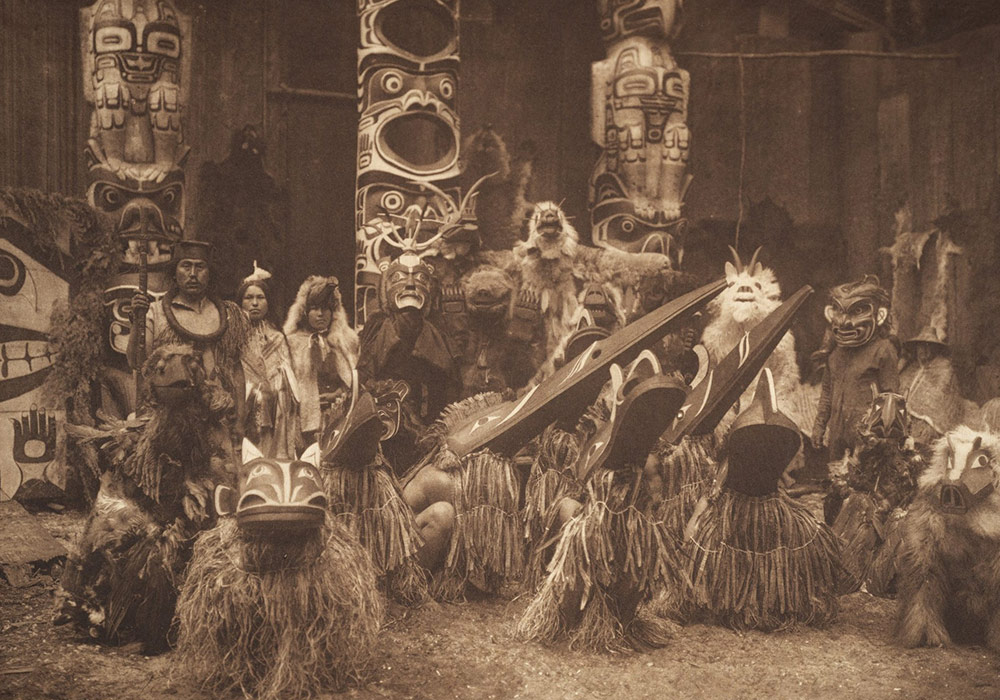
The Indian Act and the Establishment of Residential Schools
In 1885, the Indian Act was amended to criminalize the potlatch (a gift-giving feast common to most Northwest Coast First Nations) and ritual dancing, both considered sacred practices by First Nations. By the time the ban was repealed in 1951, due largely to the pressures asserted by criminalization and enforcement that led to changes in attitudes, familiarity with traditional practices ...
-
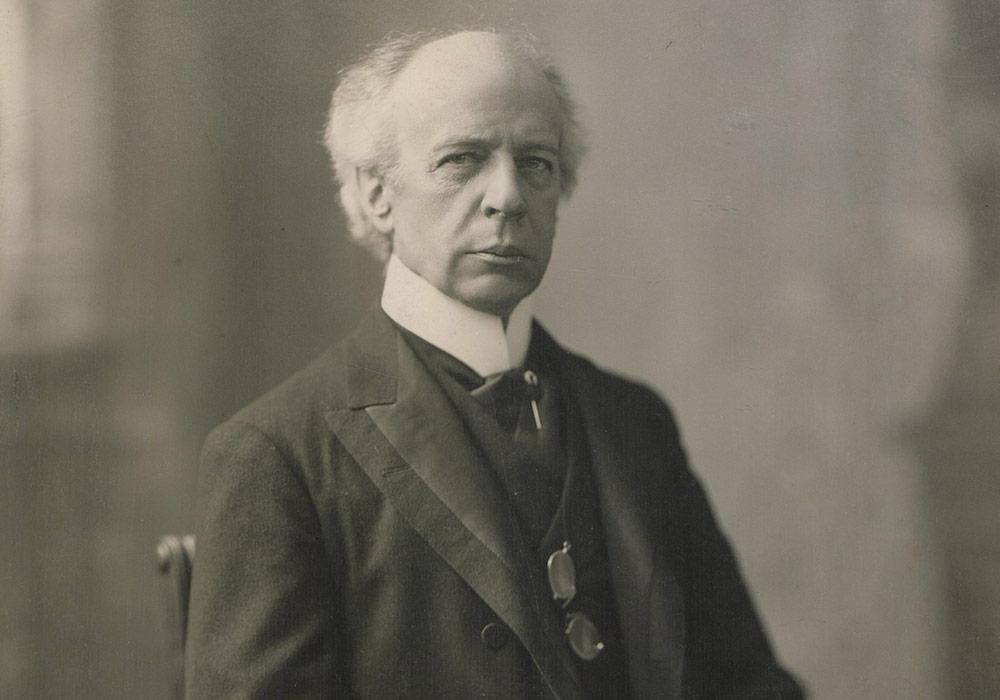
The Manitoba Schools Crisis
Until 1890, Manitoba had a common school system (Protestant) and a Roman Catholic school system. The Public School Act of 1890 required that all school fees collected be given to the common system (whereas previously taxes had been distributed as per the taxpayers’ choices). The Catholic Church contested the discriminatory provisions of the act, leading to a national crisis involving ...
-
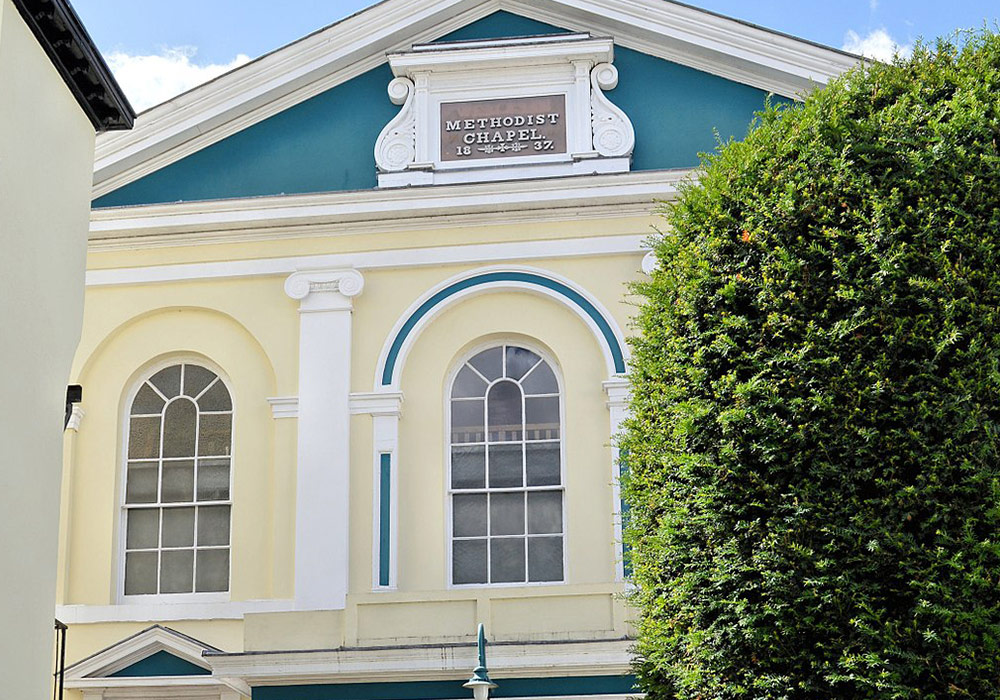
Disestablishment of the Church of Wales
The Welsh Church Act of 1914 disestablished the Church of England in Wales. Previously, Welsh subjects had been required to pay taxes to the Church of England. The Welsh Church Act of 1914 abolished that requirement, and in its place, the Church in Wales was established. The mobilization of the large nonconformist population of Methodists, Baptists, and Presbyterians in Wales ...
-

Church of Scotland Act
The Act secured the Church of Scotland’s independence in spiritual matters from the United Kingdom Parliament. This move in a way achieved a degree of separation of church and state in Scotland, as Parliament at Westminster would no longer have direct jurisdiction over the established church in Scotland. image via Wiki Commons
-

Everson v Board of Education
This was a landmark case for religious freedom in the United States because the establishment clause was incorporated to the states through the 14th amendment. From this date on it was no longer simply unconstitutional for the federal government to establish a religion, but also unconstitutional for a state to do so.
-
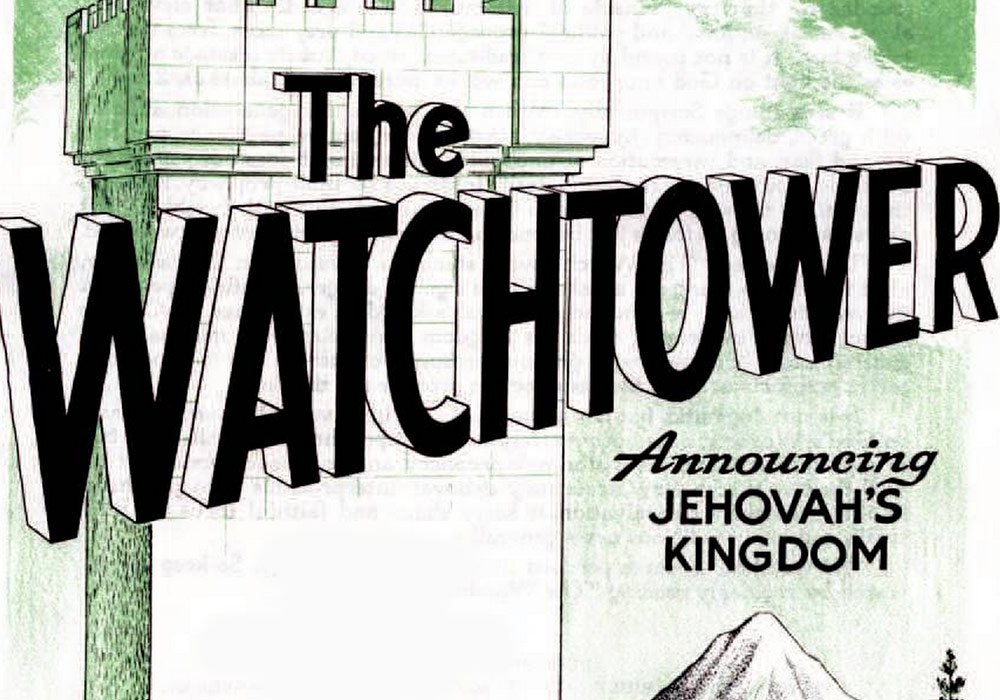
Roncarelli v Duplessis
Jehovah’s Witnesses were banned across Canada during the Second World War. They experienced significant persecution in Quebec. Quebec premier Maurice Duplessis actively used his influence to oppose Jehovah’s Witnesses publicly, ordering police to arrest them for distributing literature, and once revoking a liquor license from one of their members’ businesses. This action led to one of the seminal religious freedom ...
-
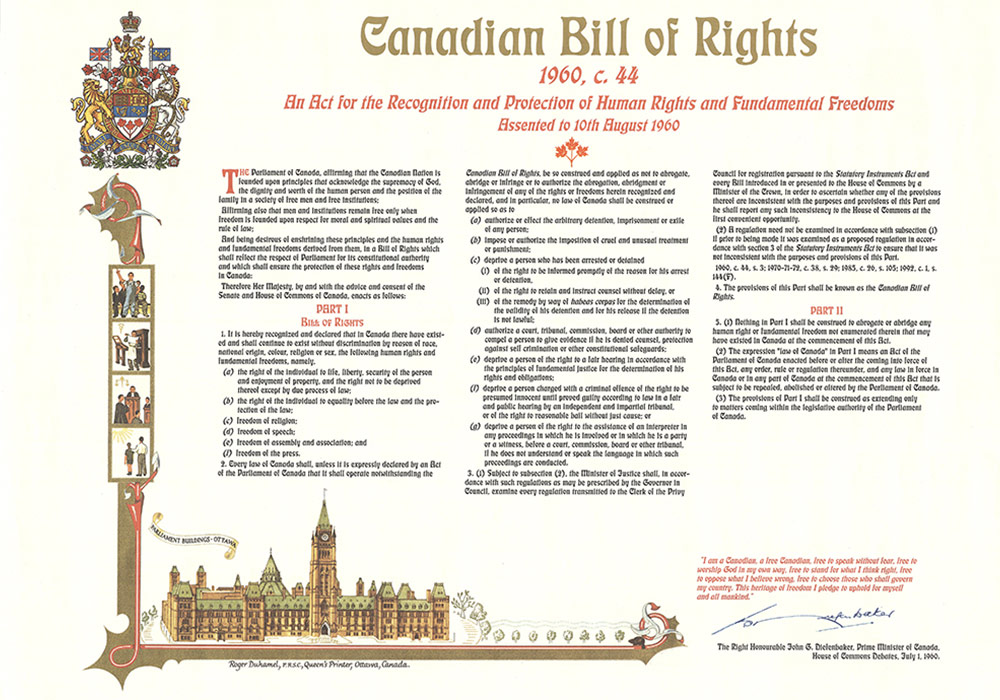
The Bill of Rights
John G. Diefenbaker called consistently for a Canadian Bill of Rights as early as 1943—partly due to the focus of the United Nations to establish global human rights standards. Religious communities across Canada launched nationwide campaigns in favour of passing a Bill of Rights. Following the persecution of the Jehovah’s Witnesses in Quebec and intense lobbying of Parliament, the Bill ...
-
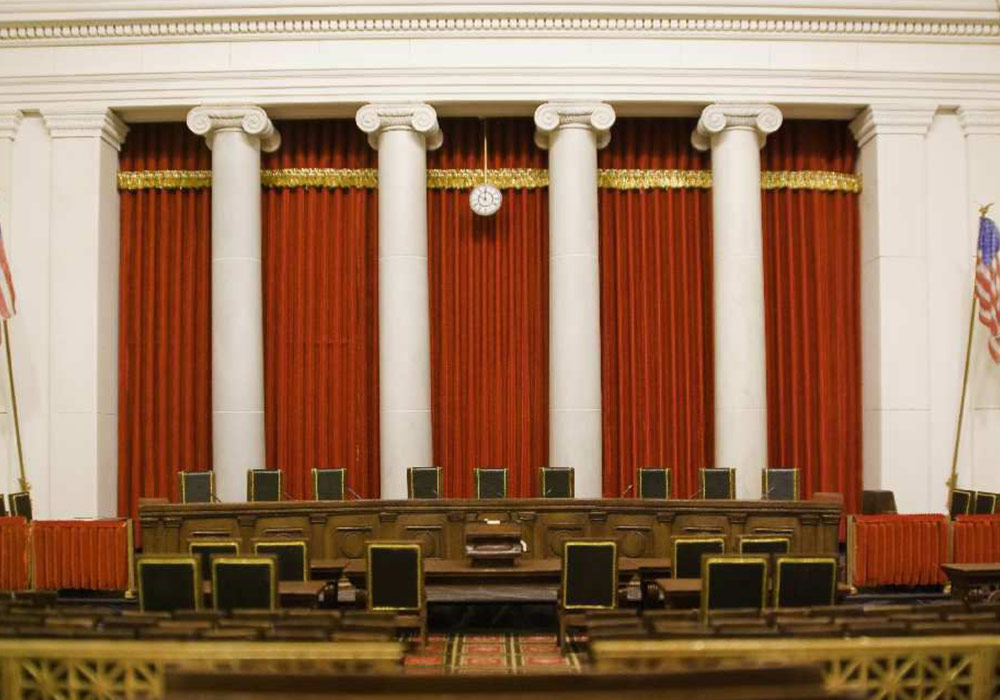
Engel v Vitale
This case held that school-sponsored, non-denominational prayer in public schools violated the Establishment Clause of the First Amendment because the government was endorsing religion. This case interpreted the clause for the first time as protection of government from religion, instead of previous interpretations as protection of religion from government. image via Wiki Commons
-
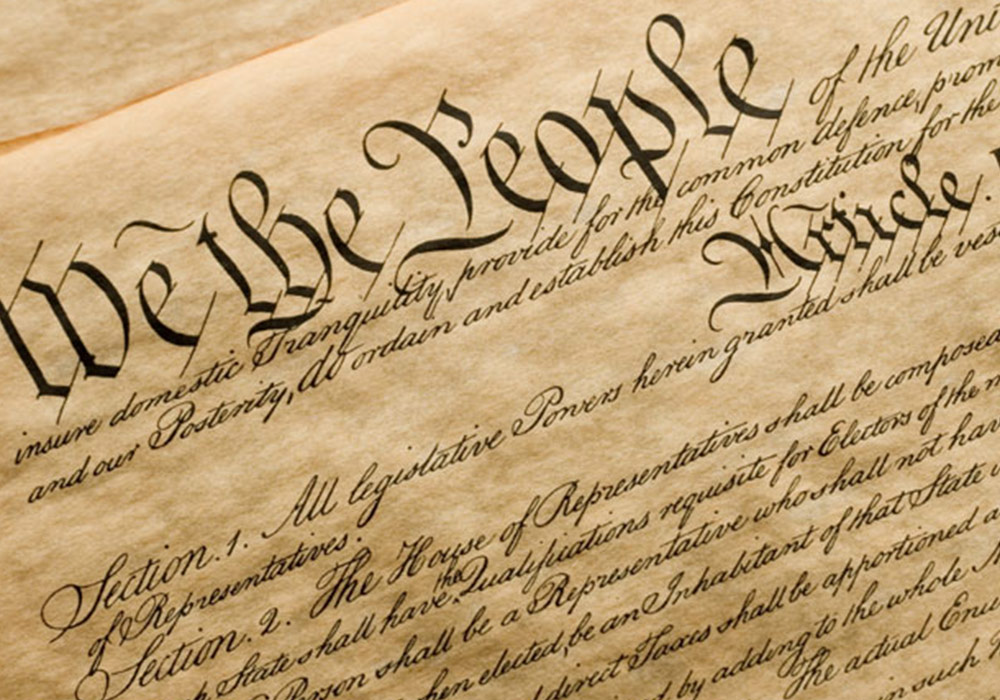
Sherbert v Verner
The Supreme Court held that the Free Exercise Clause required a government law which restricted religious exercise to have a compelling interest, be narrowly tailored to meet this interest, and use the least restrictive means to achieve this purpose. These three requirements, together known as the“Sherbert test”, became the standard for adjudicating Free Exercise claims.
-
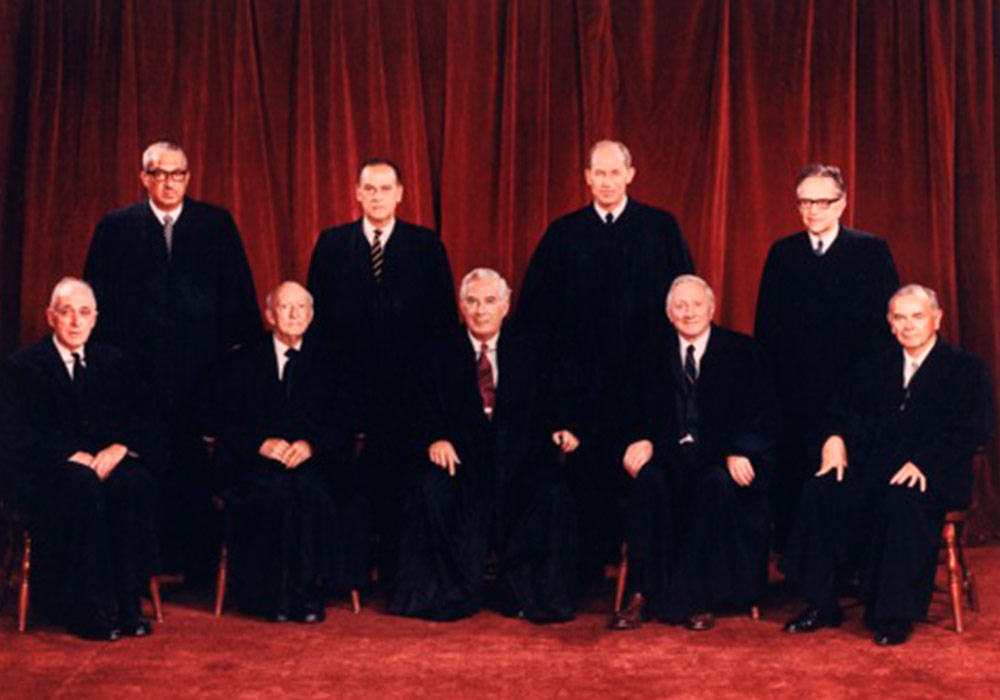
Lemon v Kurtzman
The Supreme Court held that a statute must past the following three-pronged test in order to avoid violating the Establishment Clause: first, it must have a secular legislative purpose, second, its principal or primary effect must not either promote or inhibit religion, and it must not create “excessive government entanglement with religion.” image via Wiki Commons
-
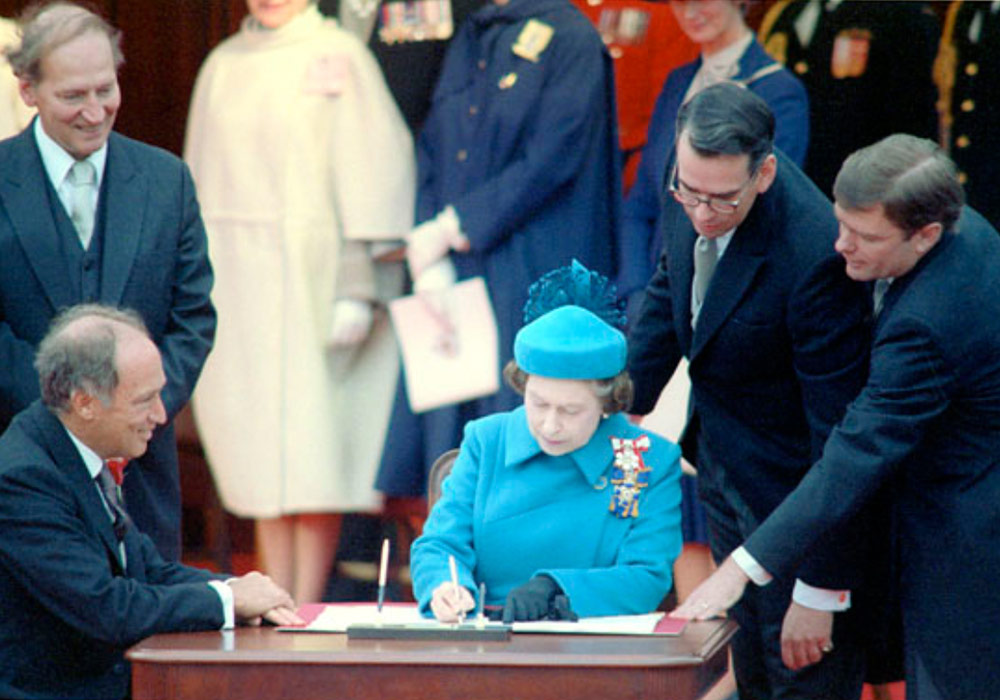
The Constitution Act 1982 and the Charter of Rights and Freedoms
Perhaps the most publicly engaged part of the Constitution is the Charter of Rights and Freedoms. It was included in the repatriated Constitution, forming, with the amending formula, the Constitution Act of 1982. Section 2 of the Charter affirms fundamental freedoms, the first of which is “freedom of conscience and religion.” These fundamental freedoms are not the grant of government; ...
-
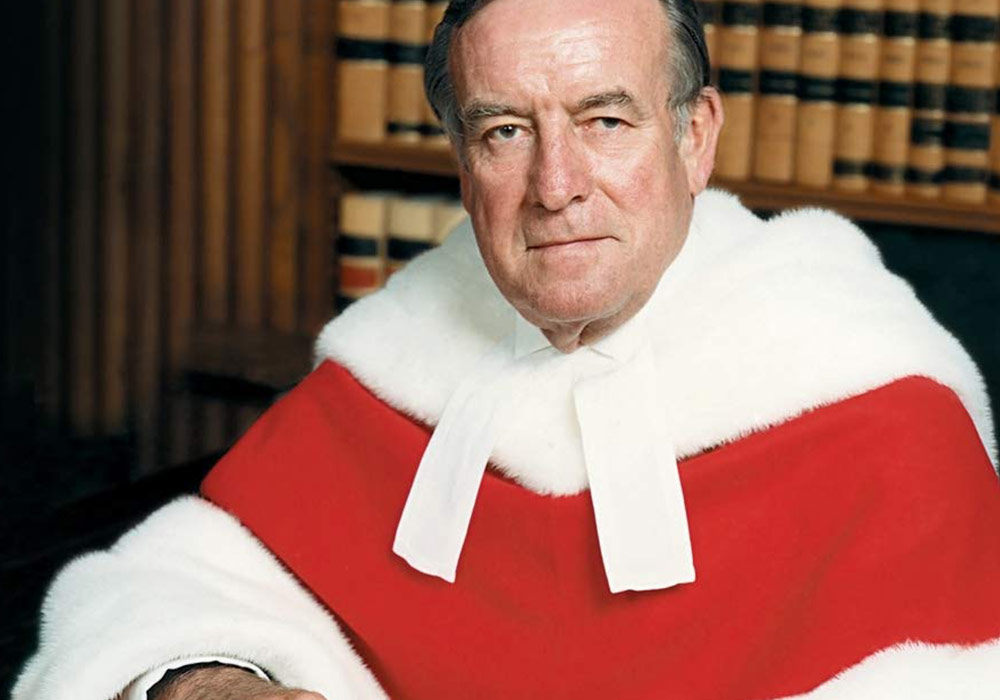
R. v Big M Drug Mart Ltd.
This is considered the landmark religious freedom case in Canada following the enshrinement of the Charter in the Constitution. In this case, Big M Drug Mart was a retail chain in Alberta charged with violating the Lord’s Day Act by offering services on Sunday. In its defence, the corporation challenged the act because it infringed on religious freedom. The Supreme ...
-
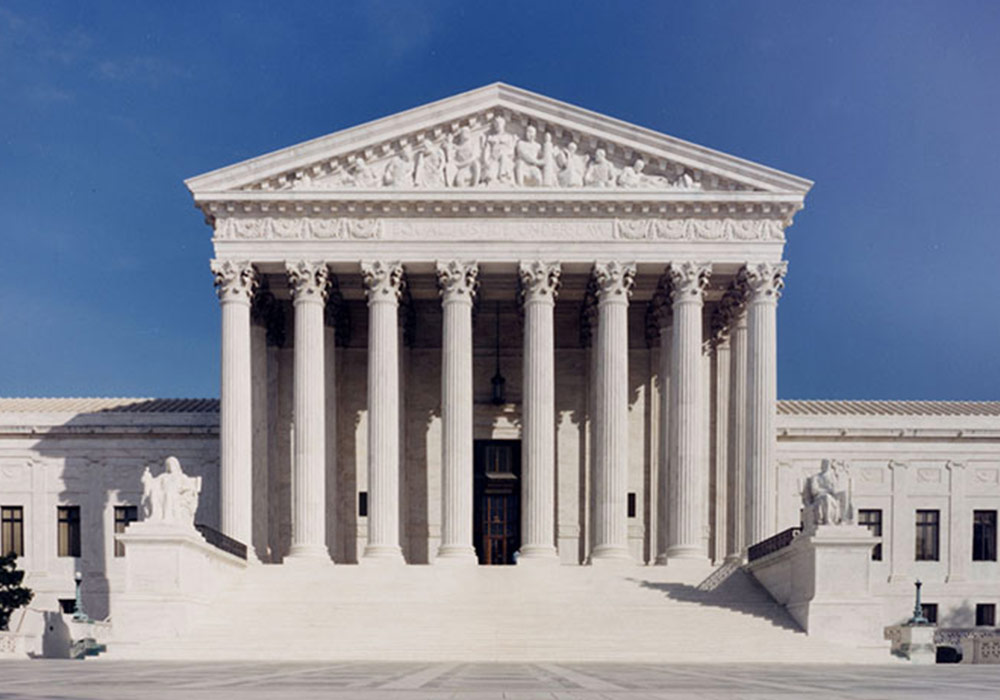
Employment Division v Smith
This watershed case created a new Free Exercise Clause test, effectively overruling Sherbert. The Smith test held that in cases of conflict between a “neutral law of general applicability” and religious exercise, the statute was constitutional. This case greatly restricted the right to free exercise previously protected by Sherbert. image via Wiki Commons
-

Religious Freedom Restoration Act (RFRA)
Responding to Employment Division v Smith, Congress passed the Religious Freedom Restoration Act to return religious exercise cases to the compelling interest test of Sherbert, worried about the limited protections that Smith gave to religion. However, RFRA only applied to federal statutes. Over twenty states have passed their own Religious Freedom Restoration Acts, bringing the Sherbert test to bear on ...
-
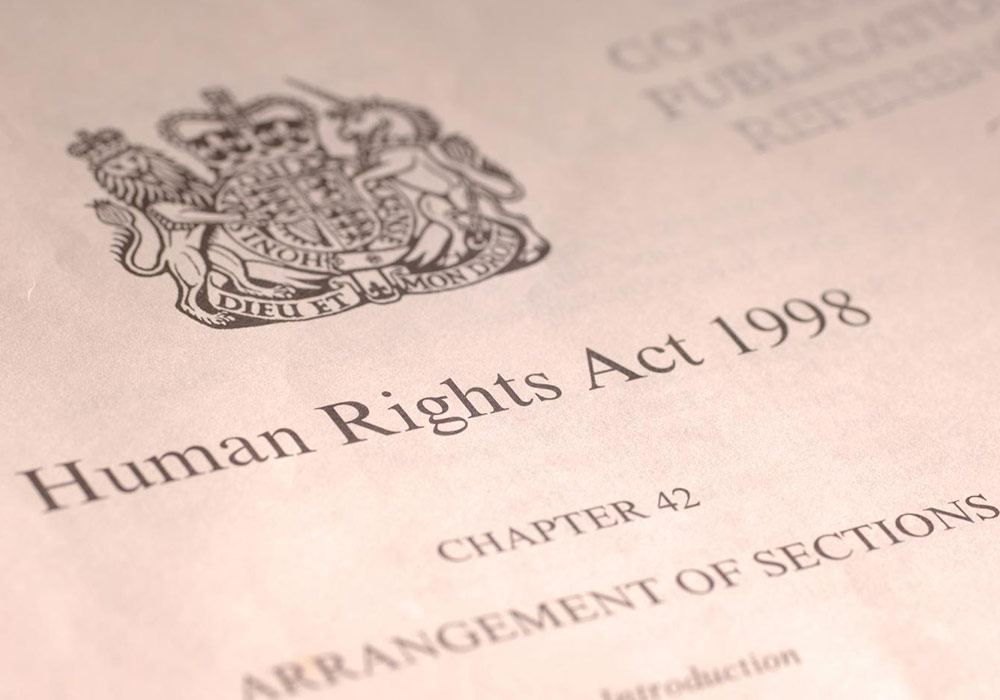
UK Human Rights Act
The UK Human Rights Act of 1988 enumerates the rights of UK citizens which cannot be infringed (aside from certain things relating to the public good). Article 9 specifically protects the rights of citizens to freedom of thought, conscience, and religion and to live out one’s belief through worship, practice, observance, and teaching. image via Wiki Commons
-
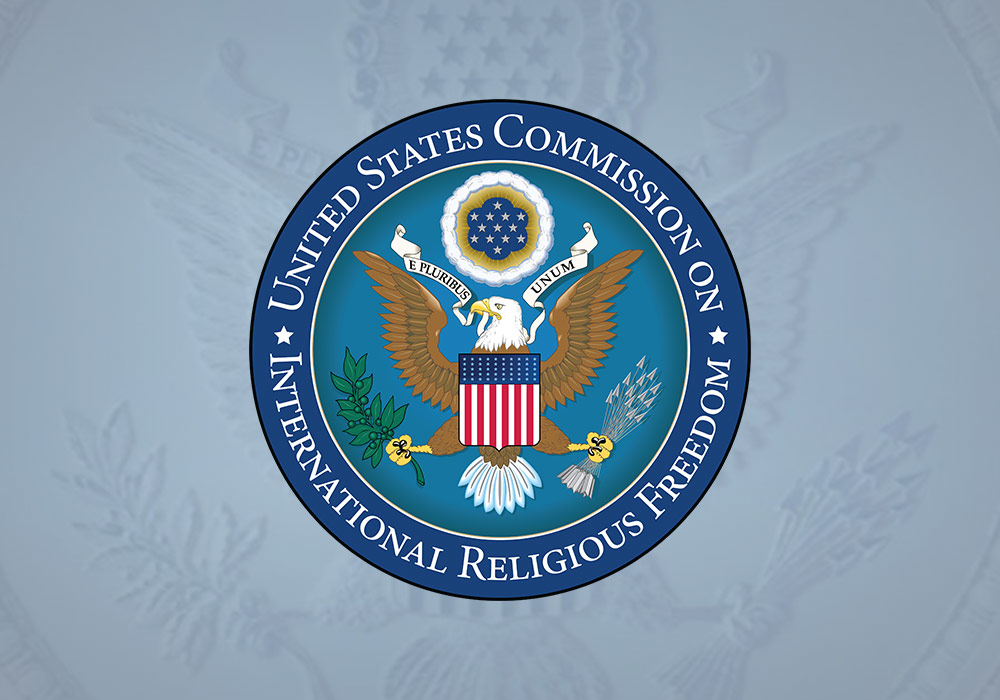
International Religious Freedom Act (IRFA)
The International Religious Freedom Act was passed to promote religious freedom as a foreign policy goal of the United States. It established three entities to serve its purpose: an Ambassador-at-Large for International Religious Freedom, the bi-partisan United States Commission on International Religious Freedom (USCIRF), and a special adviser on international religious freedom within the National Security Council.
-
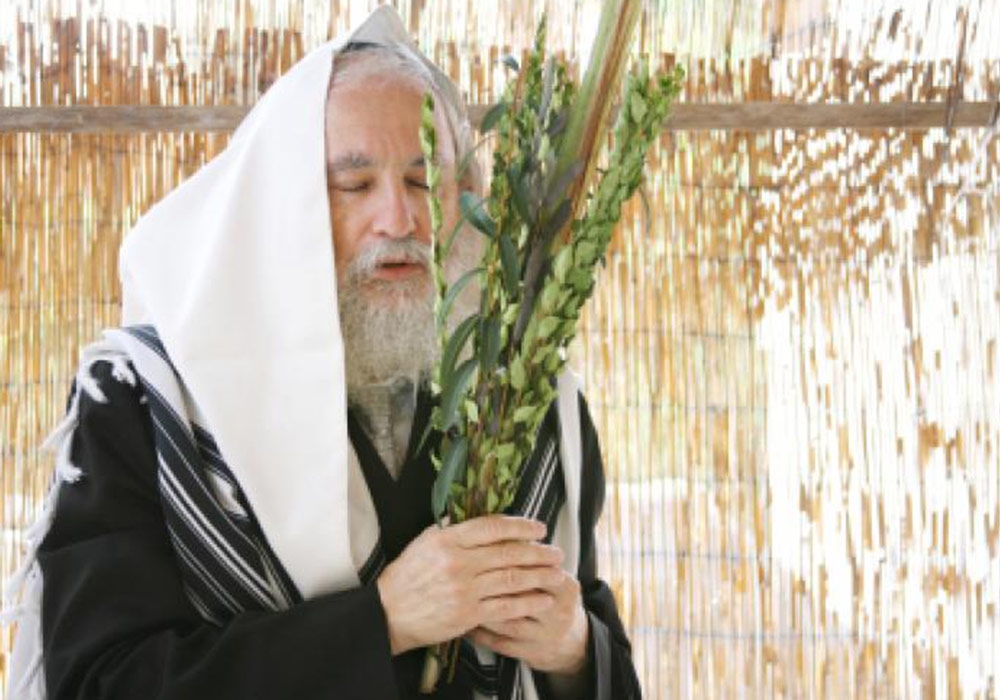
Syndicat Northwest v. Amselem
In this case, an issue arose between Hasidic Jews and a high-rise condominium building over the observance of the Jewish festival of Sukkot. Some members of this community sought to set up sukkahs, temporary huts, on their balconies to observe the festival. The condominium corporation agreed to allow a communal sukkah beside the parking lot, but not individual sukkahs on ...
-
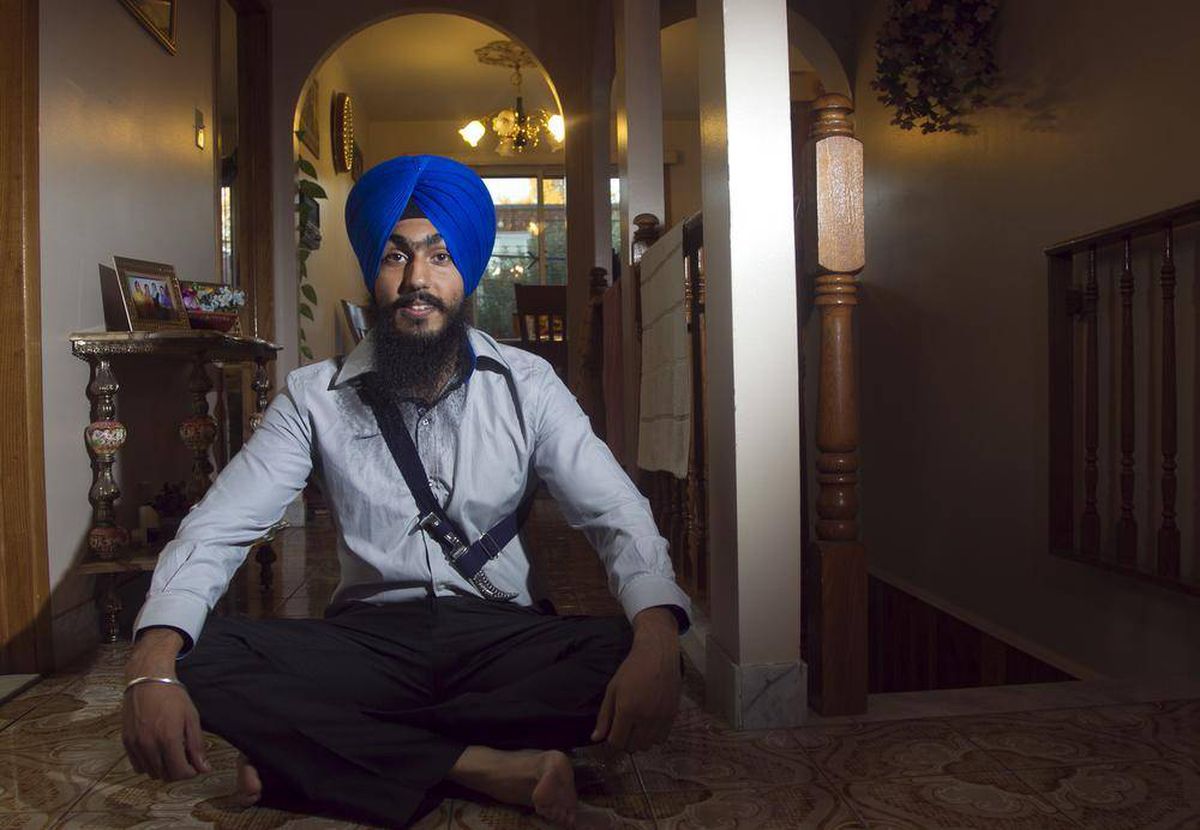
Multani v Commission Scolaire
This case was also foundational to the protection of religious freedom and accommodation for religious minorities in Canada, particularly for members of the Sikh community. The case involved a Sikh boy who was banned from carrying his kirpan—which was perceived as a weapon by the Commission scolaire Marguerite‑Bourgeoys. (The kirpan is a religious symbol and one of the five Sikh articles of faith.) ...
-
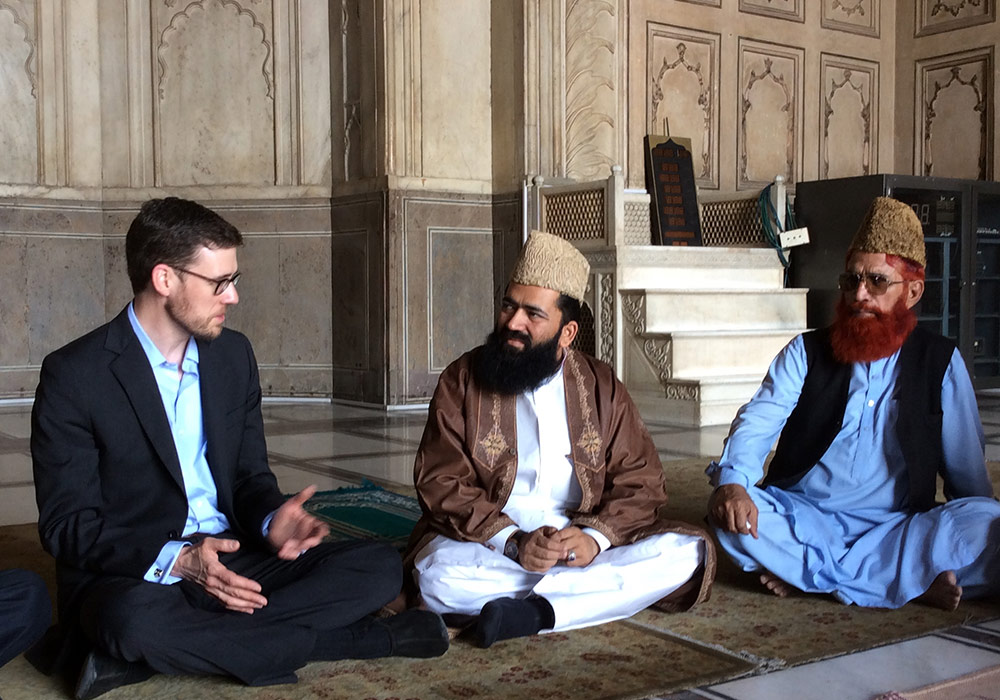
Creation of the Office of Religious Freedom
Established in 2013 within the Government of Canada’s Department of Foreign Affairs, Trade, and Development (now known as Global Affairs Canada), the Office of Religious Freedom was mandated to “protect, and advocate on behalf of, religious minorities under threat; oppose religious hatred and intolerance; and promote Canadian values of pluralism and tolerance abroad.” The idea for an Office of Religious ...
-
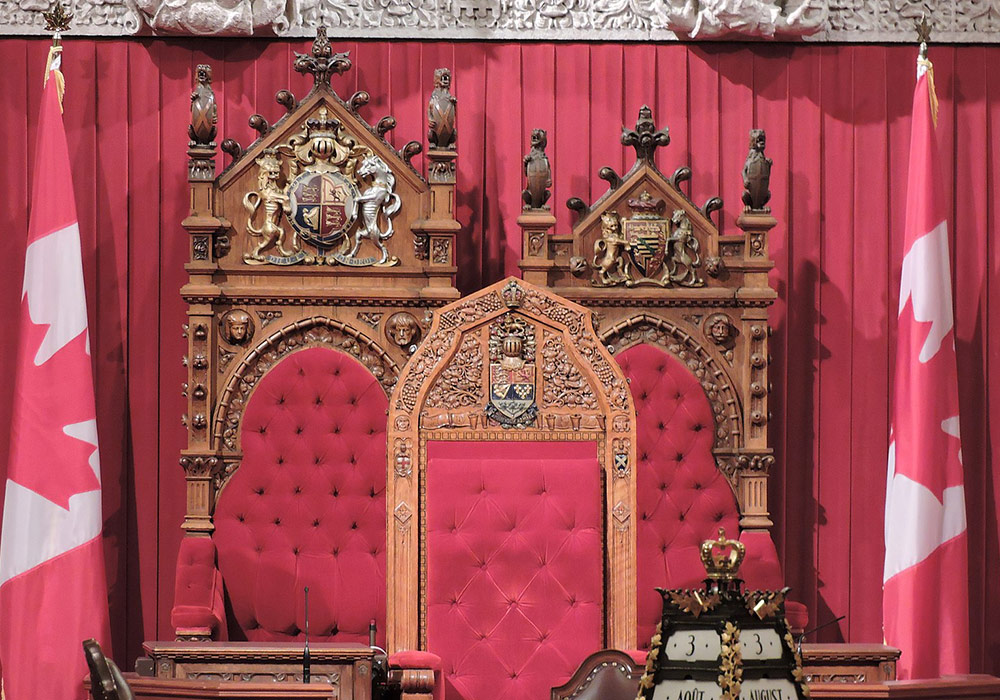
Succession to the Crown Act
The Act opened the succession up to the eldest child, regardless of sex. In addition, the Act finally repaid the acts of the 18th century which had barred Catholics or those married to Catholics from ascending the throne. These changes were confirmed by the parliaments of all the 16 Commonwealth realms over which the Queen is Sovereign including those of ...
-

The Quebec Charter of Values
This controversial Charter was unveiled on 10 September 2013, by Bernard Drainville, a member of the National Assembly and the Minister of Democratic Institutions and Active Citizenship in the Parti Québécois-led government. It purported to create a “secular society”—one in which religion and the state were completely separate and unassociated. The charter included five “proposals.” The most controversial was a ...
-
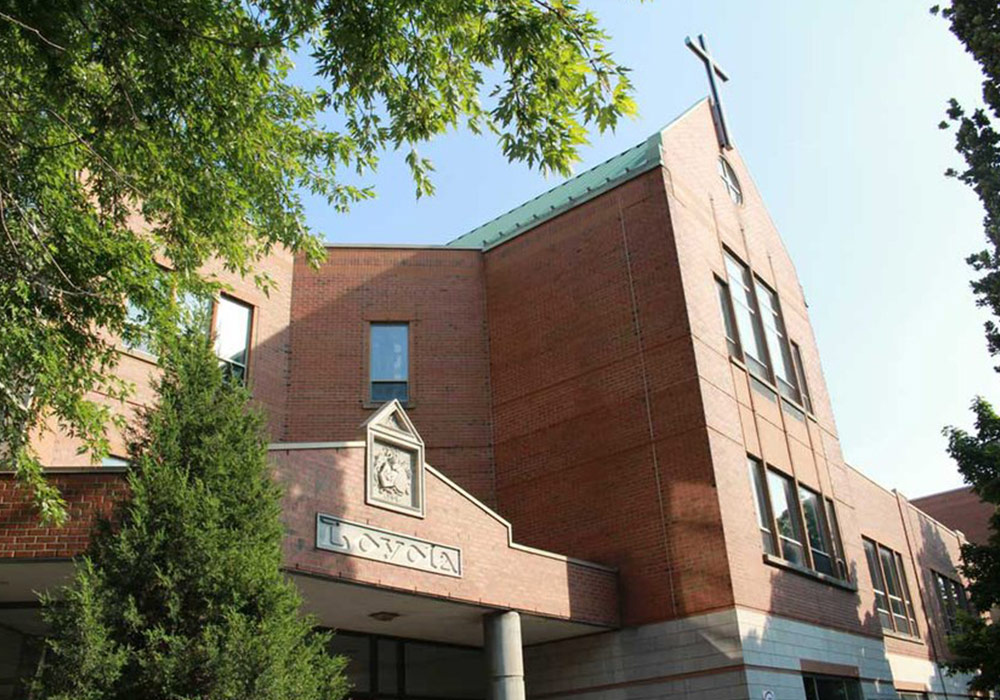
Loyola v Quebec
This case concerned Loyola High School, a private, English-language Jesuit high school for boys located in Montreal, and the Quebec Ministry of Education’s decision to introduce mandatory curriculum on religion, culture, and ethics. Given that the school was already teaching a course in world religions and ethics informed by Catholic belief, Loyola sought an exemption in accordance with the Ministry ...
-

Trinity Western University v. Law Society of Upper Canada & Law Society of British Columbia
Trinity Western University, a private Christian university, applied to the Province of British Columbia and the Law Society of British Columbia as the accrediting body in 2012 to open a law school. Opposition soon emerged from among those who believed that the university’s Community Covenant, which was compulsory for all Trinity Western students and staff and which prohibited sexual activity ...
-
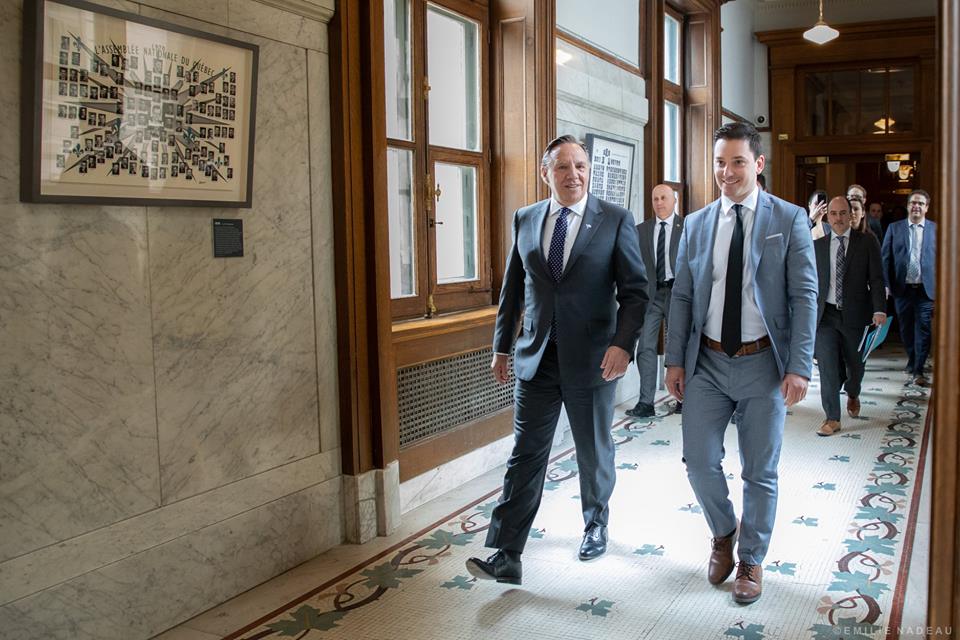
The Quebec Secularism Law (Bill 21)
On June 17, 2019, an Act Respecting the Laicity of the State was passed in the Quebec National Assembly by a 73–35 vote. This represented the culmination of a long history of Quebec governments seeking to pass similar legislation to limit the place of religion in the public square. The law establishes four principles related to the laicity of the State: ...
-

Christian Medical and Dental Society of Canada v. College of Physicians and Surgeons of Ontario
The Ontario College of Physicians and Surgeons of Ontario mandated in 2015 that doctors in the province must provide medical services, or effective referrals for these services, even if doing so violates their religious belief or conscience. This is particularly a problem for doctors seeking to assert conscientious objection with respect to abortion, artificial contraception, or euthanasia. Effective referral means ...
-
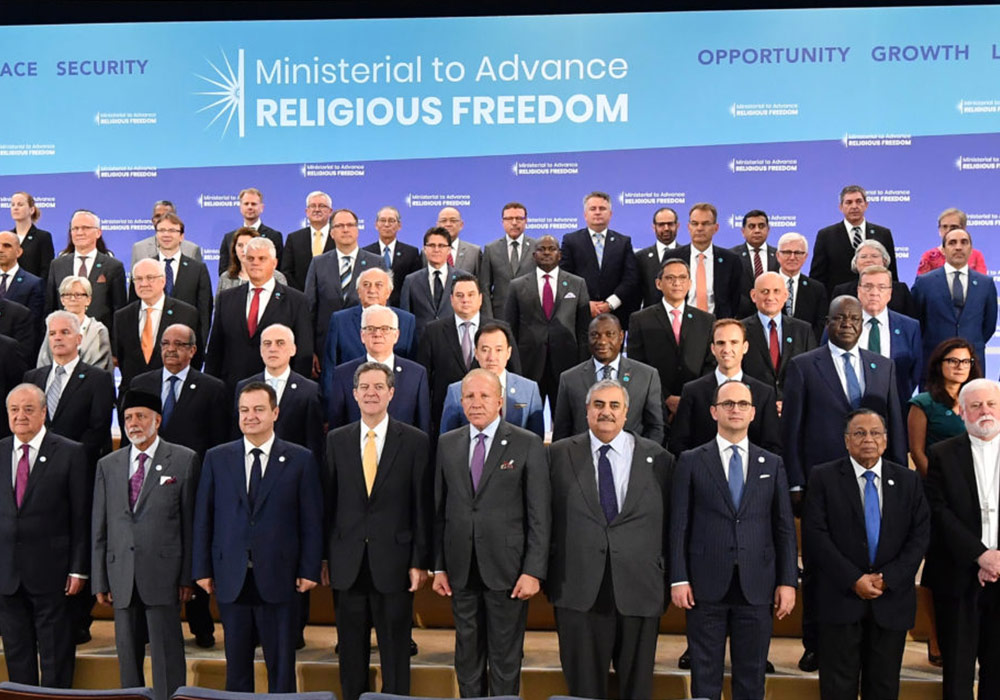
International Religious Freedom Alliance
The United States launched the alliance early in 2020, and pledged, along with 26 other countries, that it will oppose violations of religious freedom both within and outside of its borders. image via Wiki Commons
-

Espinoza v Montana Department of Revenue
In this case the Supreme Court ruled in favour of parents at a private religious school in Montana who had been denied access to a state-funded tax credit scholarship program. The state justified this by citing the presence of a Blaine amendment in the state constitution which forbade tax credits going to a school owned or operated by a faith ...


